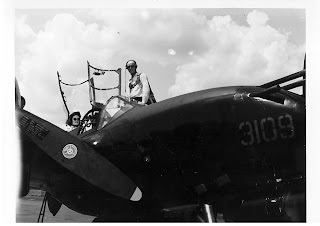by Thomas
B.
As a 36-year Lockheed
Martin Corporation career retiree, it seems my lifetime and family have been
influenced by travel. Growing up as a United States Army dependent, I spent
years traveling and living in South Korea, China and Japan. My own Army duty
took me to Germany, where I first encountered Martin Marietta personnel. With a
Martin Letter of Recommendation, I left the military and joined Martin in
Orlando, only to be assigned to Korea as a field service rep. There I met the
love of my life, leading to our marriage. The next 36 years took our family to
assignments, both within the United States and outside, to the Middle East, Far
East, Europe and Canada. Lockheed Martin not only favorably impacted my life,
but also influenced our children’s lives as well. My 50 years with Lockheed
Martin (36 active and 14 retired) only covers half of the Lockheed Martin
Centennial period, but I am proud of the company, its people and its
achievements during my life’s service.










